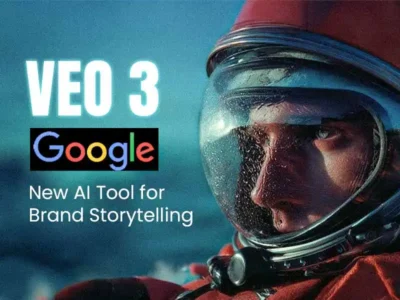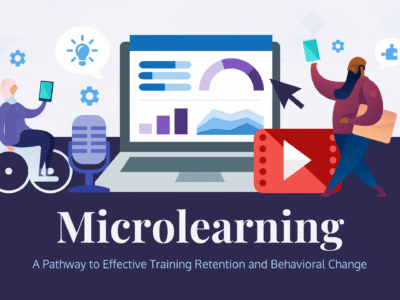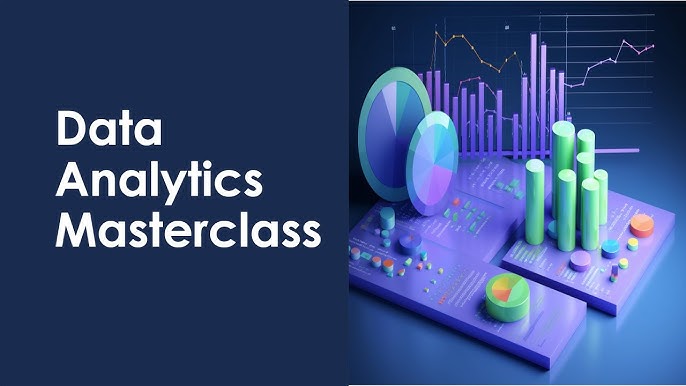Data Science & Analytics Masterclass
Level: Beginner to IntermediateDuration: 10 Weeks (or Self-paced)Format: Video Lectures, PDFs, Quizzes, Hands-on Labs, Capstone ProjectTools Used: Python, Excel, Power BI, SQL, Pandas, Jupyter, Scikit-learn, Tableau (optional) Course Objective Equip learners with the practical and theoretical skills to collect, analyze, …
Overview
Level: Beginner to Intermediate
Duration: 10 Weeks (or Self-paced)
Format: Video Lectures, PDFs, Quizzes, Hands-on Labs, Capstone Project
Tools Used: Python, Excel, Power BI, SQL, Pandas, Jupyter, Scikit-learn, Tableau (optional)
Course Objective
Equip learners with the practical and theoretical skills to collect, analyze, visualize, and derive insights from data using industry-standard tools and techniques.
MODULE BREAKDOWN
Module 1: Introduction to Data Science & Analytics
Topics Covered:
-
What is Data Science?
-
Difference between Data Science, Data Analytics, Machine Learning & AI
-
The Data Science Lifecycle (CRISP-DM)
-
Roles: Data Analyst vs Scientist vs Engineer
-
Real-world applications in different sectors
Outcome:
Understand the purpose and scope of data science, and how it’s applied in businesses.
Exercise:
-
Write a short summary of how data is transforming a field you’re interested in.
Module 2: Data Collection & Data Types
Topics Covered:
-
Structured vs Unstructured Data
-
Data Sources (files, APIs, databases, web scraping)
-
Introduction to datasets (CSV, Excel, JSON, SQL)
-
Web scraping basics with Python (BeautifulSoup)
-
Ethical data collection & GDPR basics
Outcome:
Learn how to gather clean and relevant data for analysis.
Exercise:
-
Collect a public dataset (e.g., COVID-19, movies, jobs) and describe its features.
Module 3: Python for Data Science (Core Programming Skills)
Topics Covered:
-
Python Basics (variables, lists, loops, functions)
-
NumPy: Arrays & numerical computing
-
Pandas: Series, DataFrames, filtering, merging
-
Matplotlib & Seaborn: Basic data visualization
-
Jupyter Notebooks for workflow
Outcome:
Gain hands-on skills using Python to manipulate and explore data.
Exercise:
-
Load and explore a dataset in Pandas (e.g., Titanic, Iris)
Module 4: Data Wrangling & Cleaning
Topics Covered:
-
Handling missing values
-
Removing duplicates
-
Data formatting and type conversion
-
Feature scaling and encoding
-
Outlier detection
-
Dealing with messy or inconsistent data
Outcome:
Clean and prepare real-world data for analysis or modeling.
Exercise:
-
Clean a messy CSV dataset and prepare it for analysis
Module 5: Exploratory Data Analysis (EDA)
Topics Covered:
-
Understanding distributions, central tendency, and variability
-
Correlation and covariance
-
Grouping and aggregation
-
Crosstabs and Pivot Tables
-
Visualizing patterns and trends using plots
Outcome:
Use EDA techniques to generate insights and hypotheses from data.
Exercise:
-
Perform EDA on a customer sales or health dataset using Seaborn
Module 6: Statistics for Data Science
Topics Covered:
-
Descriptive statistics
-
Probability basics
-
Inferential statistics: Confidence intervals, hypothesis testing
-
Normal distribution, z-score, p-value
-
Central Limit Theorem
Outcome:
Interpret and use statistical tools to validate findings.
Exercise:
-
Conduct a hypothesis test on a sample dataset (e.g., average salary between genders)
Module 7: Data Visualization & Dashboarding
Topics Covered:
-
Principles of data storytelling
-
Visual chart types (bar, pie, histograms, line, box)
-
Power BI: Connecting data, building dashboards
-
Tableau (optional)
-
Python Dashboards with Plotly (for intermediate users)
Outcome:
Build and share interactive dashboards for decision-making.
Exercise:
-
Create a Power BI dashboard showing sales, trends, and filters
Module 8: SQL for Data Analysis
Topics Covered:
-
Basics of relational databases
-
SELECT, WHERE, JOIN, GROUP BY, ORDER BY
-
Subqueries and Nested Queries
-
SQL Window Functions (Intro)
-
Using SQL in Excel and Python (via SQLite or MySQL)
Outcome:
Write SQL queries to extract insights from relational databases.
Exercise:
-
Analyze employee data from an SQL table using groupings and joins
Module 9: Intro to Machine Learning (Optional for Advanced Users)
Topics Covered:
-
Supervised vs Unsupervised Learning
-
Classification vs Regression
-
Scikit-learn pipeline: model fitting and evaluation
-
Model metrics: accuracy, confusion matrix, R2-score
-
Overfitting & Cross-validation
Outcome:
Apply basic machine learning models to solve real-world problems.
Exercise:
-
Build a simple decision tree to predict loan approval
Module 10: Capstone Project & Portfolio Development
Topics Covered:
-
Choose a real dataset and perform full analysis:
-
Data cleaning
-
EDA
-
Visualization
-
Dashboard or Model (optional)
-
-
Writing insights and recommendations
-
Portfolio & GitHub tips
Outcome:
Apply everything you’ve learned in a real project and present findings.
Project Ideas:
-
E-commerce customer behavior analysis
-
COVID-19 data tracker
-
Sales & marketing dashboard for a company
-
Housing price prediction model
Final Assessment & Certification
-
Final Quiz (Multiple choice + mini coding tasks)
-
Capstone Project Presentation
-
Certificate of Completion: “Certified Data Analyst & Junior Data Scientist”
BONUS MATERIALS
-
Data Science Cheatsheets (Pandas, NumPy, Seaborn, SQL)
-
Sample Datasets for Practice
-
Resume & LinkedIn Optimization Tips for Data Jobs
-
Guide to Freelance & Remote Data Analytics Work
-
Weekly Challenges & Group Discussions (if cohort-based)
TEACHING METHODOLOGY
-
Bite-sized video lessons (10–15 mins)
-
Downloadable lecture notes
-
Hands-on notebooks (Google Colab & Jupyter)
-
Real-world data case studies
-
Community support (Discord, Forum, or WhatsApp)
-
Live Q&A (optional weekly)
TARGET AUDIENCE
-
Students exploring data careers
-
Professionals transitioning into data roles
-
Entrepreneurs seeking data-driven decision skills
-
Researchers and project leaders







